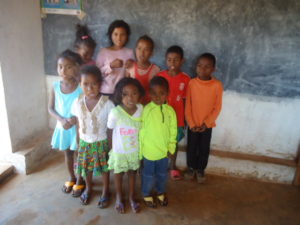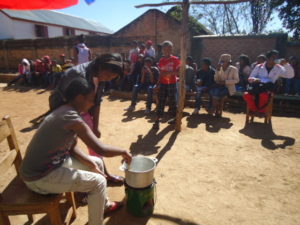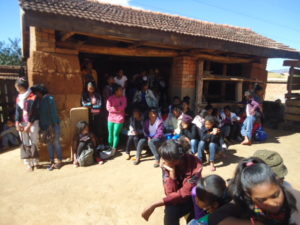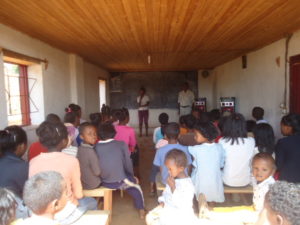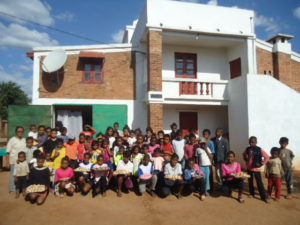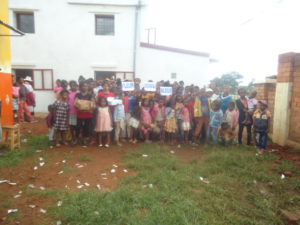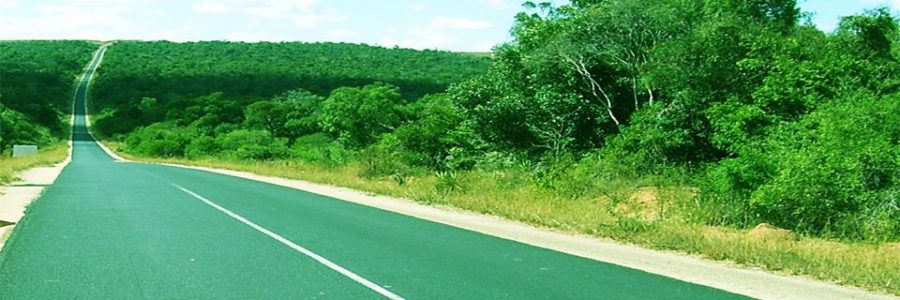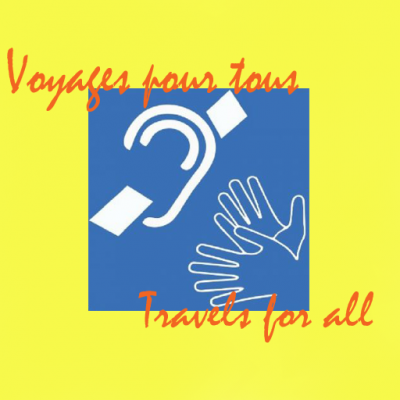RN1: The national starts in Antananarivo in the west direction with its 149kms, it passes by Imerintsiatosika, Arivonimamo, Miarinarivo, Tsiroanomandidy and Belobaka.
RN1a: The secondary road connects Tsiroanomandidy with Maintirano.
RN1b: A 94kms route connecting Analavory, Babetville and Tsiroanomandidy.
RN2: A good road that fixes the capital of Antananarivo with Moramanga, Brickaville and Toamasina or Tamatave. It is measured in 367kms long.
RN3: With its 91kms journey, this road links Antananarivo with the Lac Alaotra through Anjozorobe.
RN3a: 180kms between Lac Alaotra and Andilamena.
RN3b: A good 106kms road connecting Sambava and Andapa.
RN4: The national road of 570kms is good in general, it connects Antananarivo, Maevatanana and Mahajanga or Majunga.
RN5: This 402kms is a half-good and half-bad road, the first one being good links Toamasina, Mahambo, Fenerive Est or Fenoarivo Antsinanana and Soanierana Ivongo and the second part is bad and connects it to Mananara Nord or Mananara Avaratra and Marantsetra .
RN5a: The 406kms of SAVA track connects Ambilobe, Vohemar, Sambava and Antalaha.
RN6: The national road is more or less good, it passes through Ambondromamy, Port Berger, Antsohihy, Ambanja, Ambilobe and Antsiranana.
RN7: It is the longest national road of 956kms that connects several cities between the capital of Antananarivo and Toliara or Tulear such as Ambatolampy, Antsirabe, Ambositra, Ambohimahasoa, Fianarantsoa, Ambalavao, Ihosy and Sakaraha.
RN8: This national road relies Morondava with Belo sur Tsiribihina and Bekopaka. A track of 185kms and only 15kms road made-up.
RN8a: A very bad road of 119kms linking Antsalova and Maintirano.
RN9: With its 382 kms, this route is typified by sand, but from Morondava to Mandabe is good. Pebbles, salins and sand between Mandabe, Manja, Bevoay, Toliary.
RN10: The national route from the south south of madagascar relie Andranovory, a village of the RN7 near Toliary with Betioky, Ampanihy, Beloha, Tsihombe and Ambovombe. With its 512 km, the route is mauvaise.
RN11: A route that is only 103 kms found between Mananjary and Nosy Varika.
RN11a: The long run of 125km is fine but because of its precipitation, it starts with the creuse of a small part. The Bifurque à Antsapanana to the cliffs of Vatomandry, Ilaka Est and arrive to Mahanoro.
RN12: The national population of 300km relies on the southern part of Madagascar from Iranga to Vangaindrano in the direction of Manakara, Vohipeno and Farafangana.
RN12a: A 258km route with a trail of tracks in bac. This route relies to Taolagnaro or Fort Dauphin, Manantenina, Manambondro and Vangaingrano.
RN13: This nation is secondary with 493km of Ihosy, passing by Betroka, Ambovombe and Amboasary sud to Tolagnaro or faradofay.
RNT19: The route relies to Soalala, Mitsinjo et Katsepy.
RN22: Just 38km from the route between Vavatenina and Fenerive Est or Fenoarivo Atsinanana.
RN24: National relie Mananjary with Vohilava with a journey of 45km.
RN25: The 161km route is fine but there is a part between Ambohimahasoa and Vohiparara is the second and the Vohiparara, Ranomafana, Ifanadiana jusqu’à Irondro is the gold ring. And you are the caretaker of the RN7 PK 355 jusqu’à Mananjary, a fine route of round wheels of 176km.
RN27: The relocation route of 275km relies to Ihosy with Ivohibe and Farafangana.
RN30: A 20-minute drive from the National Park, near Ambanja, is the Carrefour d’Ambalavelona located close to Ankify.
RN30a: A Hellville on the 57, passing through Djamandjary and jusqu’à Andilana. On a 25 km ride.
RN31: About the RN6, this is national relie Antsohihy and Antalaha and 129km.
RN32: Encore sur Antsohihy that bifurcation towards Befandriana Nord and Mandritsara forms this national route in 200km.
RN33: This is a long-distance long route which rarely relies to Ambatondrazaka and Ambondromamy with its 340 kms long.
RN34: 368km of good routes in general, relating Antsirabe with Miandrivazo and Miandrivazo with Malaimbandy.
RN35: The National Route is divided into two steps, one on the track of Ambositra in Malaimbandy and the other in Malaimbandy in Morondava.
RN41: This is a good route of roundabout 41km from Ambositra to Fandriana.
RN42: The national reliever in the city of Fianarantsoa and Ikalamavony.


